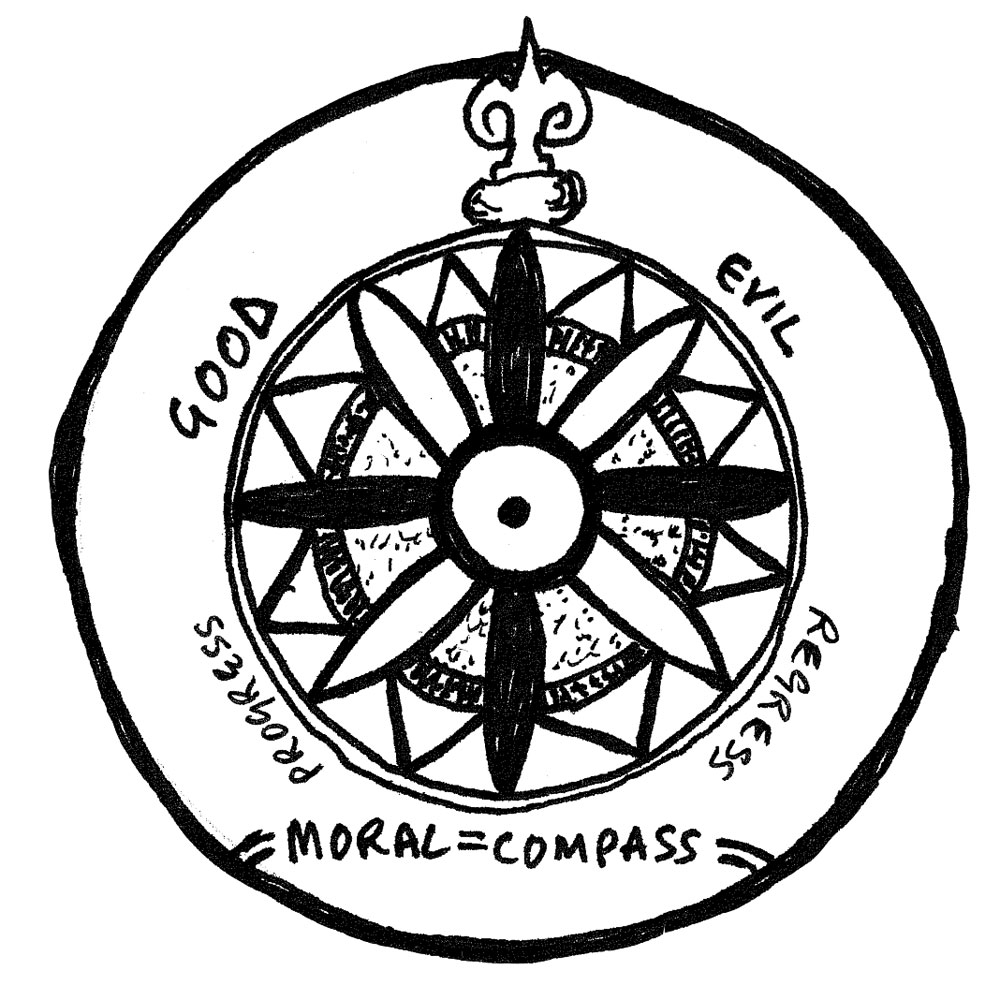
July 10, 2019; Washington Post
Kevin Dinnin, the chief executive of his nonprofit, told reporters, “I hate this mission.”
That mission is housing immigrant kids while they await release into custody in the US. Dinnin runs the San Antonio-based nonprofit BCFS Health and Human Services, which opened a shelter on June 30th—less than two weeks ago—to help deal with the overflow from Border Patrol shelters.
Many of us in the nonprofit world might relate to this sentiment. After all, a huge portion of the nonprofit sector plays a kind of a handmaiden role, adjusting and providing a protective layer to bad governmental decisions and policies.
But Dinnin’s moral dilemma is splashed over the headlines every day, as the Trump administration’s frightening and draconian immigration enforcement measures put families, communities, and national integrity at risk. Does running a shelter make Dinnin complicit in these policies, or is he rescuing kids from revolting, inhumane conditions in federal detention camps?
“The only reason we do it is to keep the kids out of the Border Patrol jail cells,” he said.
Some people are skeptical of this claim. BCFS was recently awarded a contract worth $50 million to run these shelters for a few weeks, and Dinnin’s $500,000 salary has raised some eyebrows. When Wayfair employees walked out a couple of weeks ago to protest the selling of their company’s furniture to detention centers for kids, it was BCFS buying the furniture.
Sign up for our free newsletters
Subscribe to NPQ's newsletters to have our top stories delivered directly to your inbox.
By signing up, you agree to our privacy policy and terms of use, and to receive messages from NPQ and our partners.
Even aside from the question of whether they should exist, these shelters are a tricky question. They only get opened when regular facilities can’t handle the volume of people, and they close when the volume subsides. They’re enormously expensive to jumpstart and run, costing $750–$800 per child, per day.
A tour by reporters found better conditions than in federal facilities (not like that’s hard). There were soccer fields, classrooms with kids’ pictures, and consistently staffed dorms. But those staff weren’t subject to background checks before working with children, and the number of clinicians present was insufficient. Dinnin himself said, “We need to figure out a way to appropriately care for kids without opening influx shelters.”
Last year, Southwest Key, another facility that was contracted to hold immigrants that Border Patrol couldn’t house, came under fire for the poor conditions and profitability of their enterprise. Some organizations that support youth refused to work with them.
Is that what Dinnin should do? Tell Border Patrol, “You’re on your own, don’t detain so many people if you can’t hold them”? It would certainly send a message if all the nonprofits in the area refused to cooperate with federal detention efforts, leaving officials stranded and looking incompetent. It actually parallels the Department of Homeland Security’s “justification” for separating families in the first place: Deterrence.
Dinnin argues that if a few kids can be transferred from stinking, crowded cells into green space with food and medical attention, that’s worth the awkward position in which he finds himself.
As for the sector as a whole, this is the largest humanitarian crisis our country faces—so what are we doing about it? At what point do we declare ourselves unwilling to be complicit? At what point do we stop being paid enablers of abomination?—Erin Rubin













